Home>Garden Essentials>How To Prepare Yard For Grass Seed
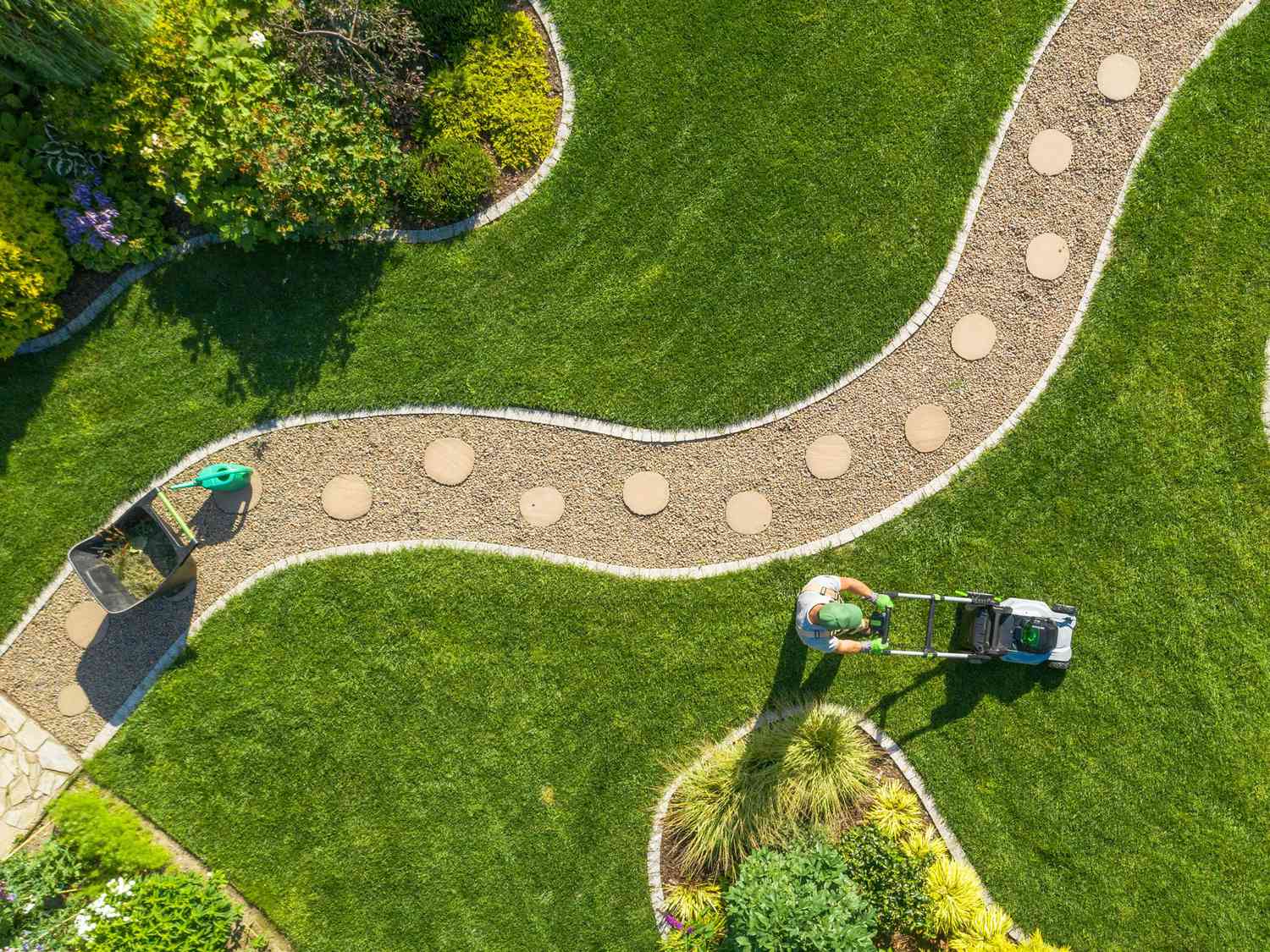

Garden Essentials
How To Prepare Yard For Grass Seed
Modified: October 19, 2024
Learn how to prepare your yard for grass seed and create a beautiful garden. Follow our step-by-step guide to ensure successful growth and a lush, green lawn.
(Many of the links in this article redirect to a specific reviewed product. Your purchase of these products through affiliate links helps to generate commission for Storables.com, at no extra cost. Learn more)
Introduction
Welcome to the ultimate guide on how to prepare your yard for grass seed! Having a lush green lawn is a dream for many homeowners, and with the right steps, you can create a thriving and beautiful landscape. Whether you are starting from scratch or reseeding an existing lawn, proper preparation is key to ensure successful seed establishment and healthy growth.
Preparing your yard for grass seed involves a series of essential steps, from assessing the condition of your lawn to selecting the appropriate grass seed and providing proper care. By following these guidelines, you can lay the foundation for a vibrant and resilient lawn that will be the envy of the neighborhood.
Before diving into the specific steps, it’s important to note that different regions have varying climate conditions, soil types, and grass species that thrive in those areas. So, it’s always a good idea to consult with your local nursery or extension office to determine the most suitable grass seed varieties for your region.
Now, let’s get started with the first step in preparing your yard for grass seed – assessing the current condition of your lawn.
Key Takeaways:
- Assess your yard’s soil, drainage, grass coverage, and pest issues before planting grass seed. Fix any problems to create a healthy environment for new grass to thrive.
- Choose the right grass seed based on your region, sunlight, soil, and lawn usage. Properly seed and maintain your lawn for a lush, envy-worthy yard.
Read more: How To Prepare Grass For Seeding
Assessing Your Yard
Before you begin any lawn renovation project, it’s essential to assess the current condition of your yard. This step will help you determine the existing problems and address them accordingly, ensuring the best possible environment for new grass seed to thrive.
Start by taking a walk around your yard and closely observing the following factors:
- Soil Quality: Examine the texture and composition of your soil. Is it sandy, clayey, or loamy? A soil test can also provide valuable information about the pH levels and nutrient deficiencies.
- Drainage Issues: Look for any areas of your yard where water tends to pool or where there are signs of poor drainage. Such areas may require additional attention to improve water flow.
- Existing Grass Coverage: Take note of areas where the grass is sparse, patchy, or completely absent. These areas may need extra preparation to create a favorable environment for new grass seed.
- Weed and Pest Infestations: Identify any prevalent weeds, pests, or diseases in your lawn. Addressing these issues before seeding will help prevent them from competing with new grass growth.
Once you have a clear understanding of the condition of your yard, you can create a plan to tackle any issues that may hinder the success of your lawn renovation. This might involve taking measures to improve soil quality, addressing drainage problems, or controlling weeds and pests.
Remember, a healthy and well-prepared foundation is the key to a thriving and resilient lawn. Now that you have assessed your yard, it’s time to move on to clearing the area to make way for new grass seed.
Clearing the Area
Before you can sow new grass seed, it’s important to clear the area of any debris, weeds, or unwanted vegetation. This will create a clean and receptive space for the new grass to grow.
Here are the steps to effectively clear the area:
- Mow Existing Grass: Start by mowing your lawn as short as possible. This will make the clearing process easier and ensure that the new grass seed reaches the soil surface for proper germination.
- Remove Weeds and Unwanted Plants: Identify and remove any weeds, overgrown vegetation, or plants that you don’t want in your lawn. Dig out perennial weeds to ensure they don’t regrow, and dispose of all the removed debris properly.
- Address Large Obstacles: Clear any large obstacles such as rocks, tree stumps, or construction debris that could interfere with the lawn renovation process. Remove them manually or seek professional help if needed.
- Aerate the Soil (if needed): If your soil is compacted, it is advisable to aerate it using a lawn aerator. This will improve water and nutrient penetration, allowing the new grass roots to establish more easily.
Once the area is cleared, the soil will be exposed and ready for the next crucial step – soil preparation. This step ensures that the soil is in optimal condition to support healthy grass growth.
Continue reading to learn about the importance of soil preparation and the steps involved in preparing your yard for grass seed.
Soil Preparation
Preparing the soil is a crucial step in ensuring the success of your grass seed. It involves creating an optimal environment for seed germination, root establishment, and healthy plant growth. Proper soil preparation will promote strong, lush grass and minimize potential issues down the line.
Follow these steps for effective soil preparation:
- Test the Soil: Conduct a soil test to determine the pH level and nutrient composition of your soil. This information will help you determine if any amendments are needed to create the ideal growing conditions for your grass.
- Remove Excess Debris: Clear any remaining debris from the area, such as small rocks, sticks, or roots. This will prevent any physical barriers and allow the grass roots to penetrate the soil easily.
- Loosen the Soil: Use a garden fork or a tiller to loosen the top 6-8 inches of soil. This helps to break up compacted soil and improves drainage, allowing the grass roots to grow deeply. Avoid tilling excessively if your soil is already loose.
- Amend the Soil (if necessary): Based on the results of your soil test, add any recommended amendments to improve soil fertility and pH balance. Common amendments include organic matter like compost or peat moss and mineral-based fertilizers.
- Level the Surface: Use a rake or a leveling tool to smooth out the surface of the soil. This ensures an even distribution of grass seed and prevents water pooling in low-lying areas.
By preparing the soil properly, you create an environment that is conducive to healthy grass growth. It provides the necessary nutrients and a suitable texture for the grass roots to establish and develop.
Now that your soil is well-prepared, the next step is selecting the right grass seed for your lawn. Read on to learn how to choose the best seed variety for your needs.
Before planting grass seed, make sure to remove any debris, such as rocks and sticks, from the yard. Use a rake to loosen the top layer of soil and remove any existing weeds. This will help the new grass seed to take root and grow successfully.
Selecting the Right Grass Seed
Choosing the right grass seed is crucial for establishing a beautiful and functional lawn. Factors such as climate, soil type, sunlight exposure, and intended use of the lawn should all be taken into consideration when selecting the appropriate grass seed variety. Here’s how to make the best choice:
1. Consider Climate and Region: Different grass species thrive in different climates. Research which cool-season or warm-season grasses are most suitable for your region. Cool-season grasses, such as Kentucky bluegrass and fescue, are well-suited for regions with colder winters, while warm-season grasses, like Bermuda grass and St. Augustine grass, thrive in areas with hot summers.
2. Evaluate Sunlight and Shade: Observe the amount of sunlight your lawn receives throughout the day. Some grasses, like Kentucky bluegrass and Bermuda grass, require full sun, while others, such as fine fescue or shade-tolerant varieties, perform well in partial or full shade.
3. Consider Lawn Usage: Determine the intended use of your lawn. If you have children or pets who will be playing on the grass, consider a durable grass type, like tall fescue, that can withstand heavy traffic. For ornamental lawns with low foot traffic, finer textured grasses, like fine fescue or perennial ryegrass, may be more appropriate.
4. Soil Compatibility: Take into account the soil type in your yard. Some grasses do better in sandy soils, while others prefer clay or loamy soils. Knowing your soil type will help you select a grass variety that can thrive in those conditions.
5. Blend or Single Variety: Decide if you want a single variety grass seed or a blend of different grasses. Single variety seeds offer uniformity, while blends combine different grass types to provide a more diverse and resilient lawn. Blended seeds often provide a combination of characteristics such as different textures, drought resistance, and disease resistance.
Once you have considered these factors, visit your local nursery or consult with a lawn care professional to obtain specific recommendations for grass seed varieties that are best suited for your particular needs and circumstances.
With the right grass seed chosen, it’s time to move on to the next step in the process – seeding the yard.
Read more: How To Prepare Lemongrass Tea
Seeding the Yard
Seeding the yard is an exciting step in the lawn renovation process, as it is when you sow the grass seed that will eventually transform your lawn into a lush green carpet. Follow these steps to ensure successful seed establishment:
- Timing: Choose the appropriate time to sow your grass seed. Generally, cool-season grasses should be planted in early fall or spring, while warm-season grasses should be sown in late spring or early summer. Check the specific recommendations for the grass variety you have selected.
- Prepare the Seed: Read the instructions on the seed package to determine the recommended seeding rate. Use a spreader to evenly distribute the seed across the prepared area. If the recommended rate is not provided, a general guideline is to use 15-20 seeds per square inch.
- Over-seeding: If you are reseeding an existing lawn, it is beneficial to over-seed the area to fill in gaps and encourage a thicker, healthier lawn. Use a higher seeding rate for over-seeding.
- Seed Distribution: Rake the soil lightly or use a lawn roller to ensure good seed-to-soil contact. This helps the seeds to germinate more effectively and encourages root development.
- Apply a Starter Fertilizer: Consider applying a starter fertilizer specifically formulated for new grass seed. This fertilizer provides essential nutrients to facilitate seed germination and early root growth.
- Watering: Keep the seeded area consistently moist during the germination process. Water lightly and frequently, aiming to keep the top inch of soil damp. Be careful not to overwater, as this can cause seeds to float away or lead to other issues such as fungal diseases.
- Maintenance: Follow proper maintenance practices, including regular watering, mowing, and weed control, as the new grass seedlings grow and mature. Gradually reduce the frequency of watering once the grass becomes established.
Remember to carefully read and follow the specific instructions provided by the grass seed manufacturer for the best results. Patience is key during the germination and establishment phase, as it may take several weeks for the new grass seedlings to become fully established and ready for normal use.
With proper care and maintenance, your newly seeded yard will begin to transform into a lush, vibrant lawn that you can enjoy for years to come.
Next, we will explore the importance of watering and ongoing maintenance for your newly seeded lawn.
Watering and Maintenance
After seeding your yard, proper watering and maintenance are crucial to ensure the successful establishment and long-term health of your new grass. Follow these guidelines to keep your lawn thriving:
Watering:
- Initial Watering: Immediately after seeding, water the area gently but thoroughly to ensure the top layer of soil is moist.
- Regular Watering: During the germination period, keep the soil consistently moist. Water lightly and frequently, aiming to keep the top inch of soil damp. This may require watering multiple times a day, especially in hot and dry weather conditions.
- Reduce Frequency: As the grass seedlings start to grow and establish, gradually reduce the frequency of watering but increase the amount of water applied. This encourages the grass roots to grow deeper into the soil.
- Established Lawn: Once the grass is fully established, transition to a regular watering schedule. Water deeply and less frequently to promote deeper root growth and increase the lawn’s drought tolerance.
Maintenance:
- Mowing: Once the grass reaches a height of around 3-4 inches, it’s time to start mowing. Set your mower blades to a higher setting (around 2-3 inches) to encourage healthy root development and shade the soil, reducing weed competition.
- Fertilizing: Apply a balanced fertilizer according to the specific needs of your grass species. Fertilize in the spring and fall to provide essential nutrients that encourage vibrant growth and overall lawn health.
- Weed Control: Keep an eye out for weeds and address them promptly. Hand-pull small weeds or use an appropriate herbicide if necessary. However, be cautious when using herbicides on new grass, as some products may be harmful to young seedlings.
- Aeration: Regularly aerate your lawn to alleviate soil compaction and improve oxygen and water penetration. Aeration promotes healthier root growth and enhances overall lawn health.
- Overseeding and Patching: Annually overseed your lawn to fill in thin areas and repair bare patches. This helps maintain a dense and healthy turf.
By following these watering and maintenance practices, you will create an environment that encourages strong root development, minimizes weed competition, and promotes the overall health and resilience of your lawn.
Lastly, let’s conclude with some final thoughts.
Conclusion
Congratulations, you are now equipped with the knowledge and steps to prepare your yard for grass seed and establish a beautiful, healthy lawn. By following the proper techniques and giving your lawn the care and attention it needs, you can create an outdoor space that will be the envy of your neighborhood.
Remember, the key steps in preparing your yard for grass seed include assessing the current condition of your lawn, clearing the area of debris and weeds, preparing the soil, selecting the right grass seed variety, and properly seeding the yard. Additionally, maintaining proper watering and implementing regular maintenance practices will ensure the long-term success and vitality of your lawn.
Be sure to factor in your specific climate, region, sunlight exposure, intended usage, and soil characteristics when selecting the appropriate grass seed variety. Consult with experts at your local nursery or extension office for tailored advice based on your location and needs.
Throughout the process, exercise patience and stay committed. Growing a beautiful lawn takes time and effort, but the end result will be well worth it. Enjoy the journey as your lawn transforms into a green oasis for you, your family, and friends to enjoy.
Now, armed with this comprehensive guide, it’s time to roll up your sleeves, get out there, and create the lawn of your dreams. Good luck!
Frequently Asked Questions about How To Prepare Yard For Grass Seed
Was this page helpful?
At Storables.com, we guarantee accurate and reliable information. Our content, validated by Expert Board Contributors, is crafted following stringent Editorial Policies. We're committed to providing you with well-researched, expert-backed insights for all your informational needs.
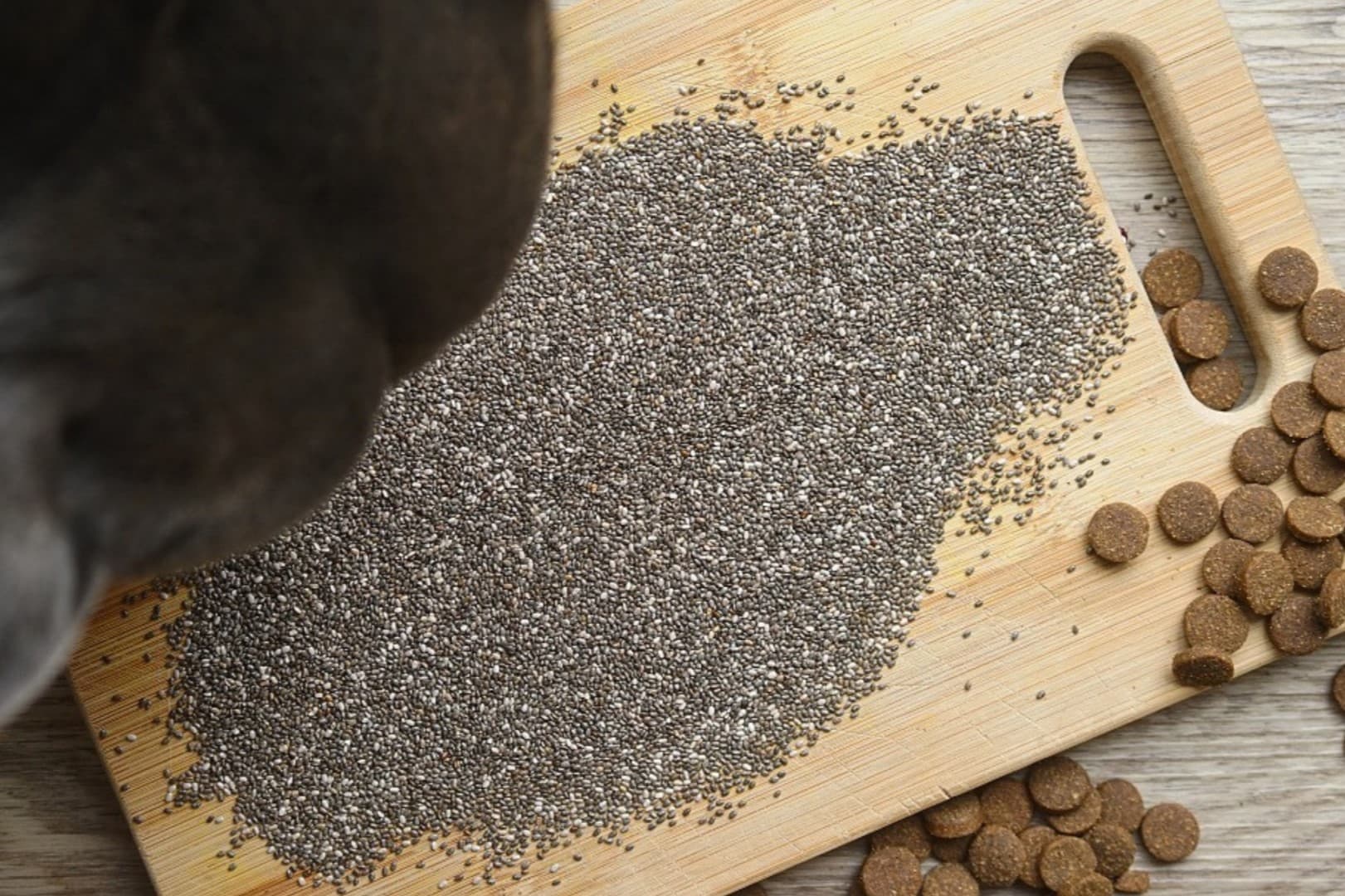

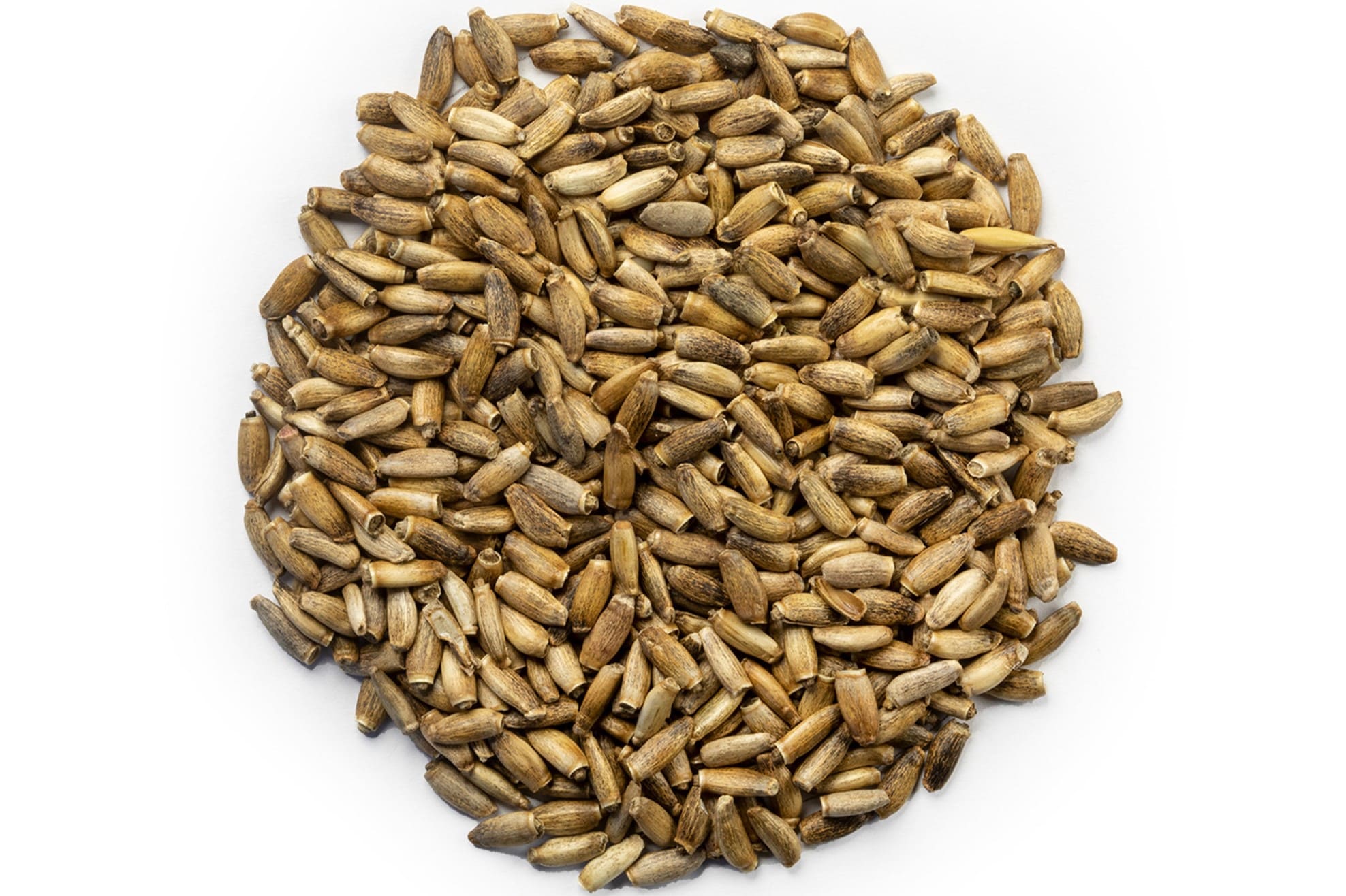
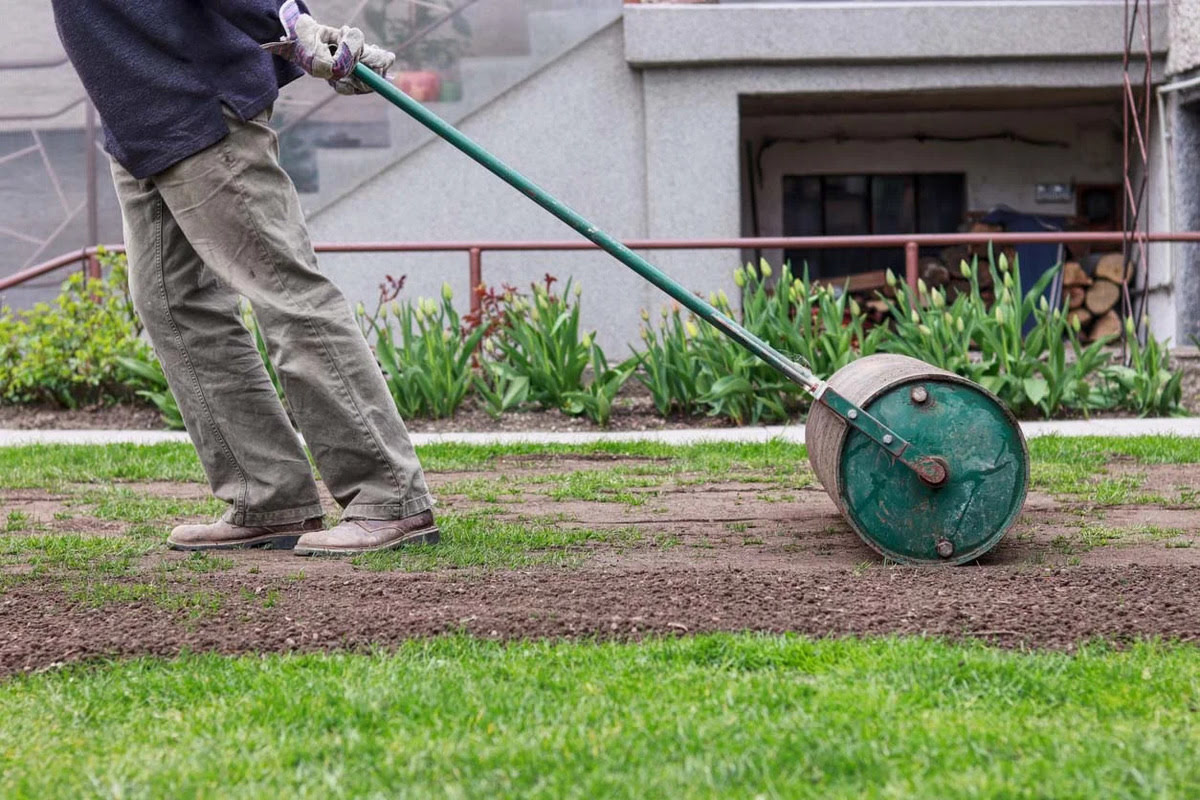
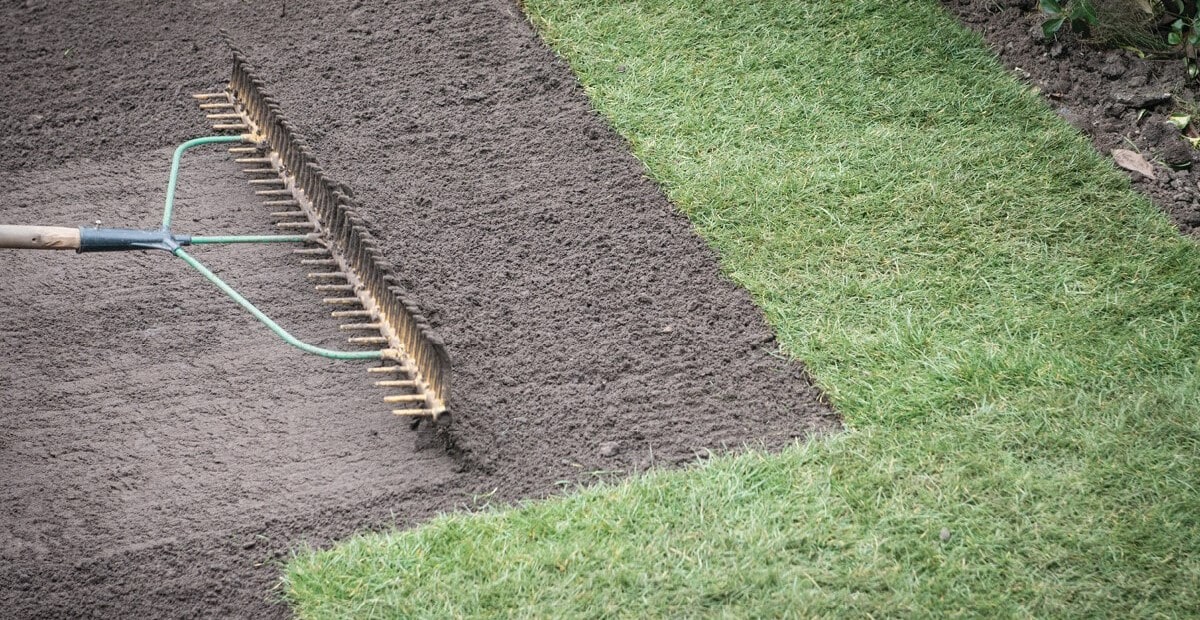
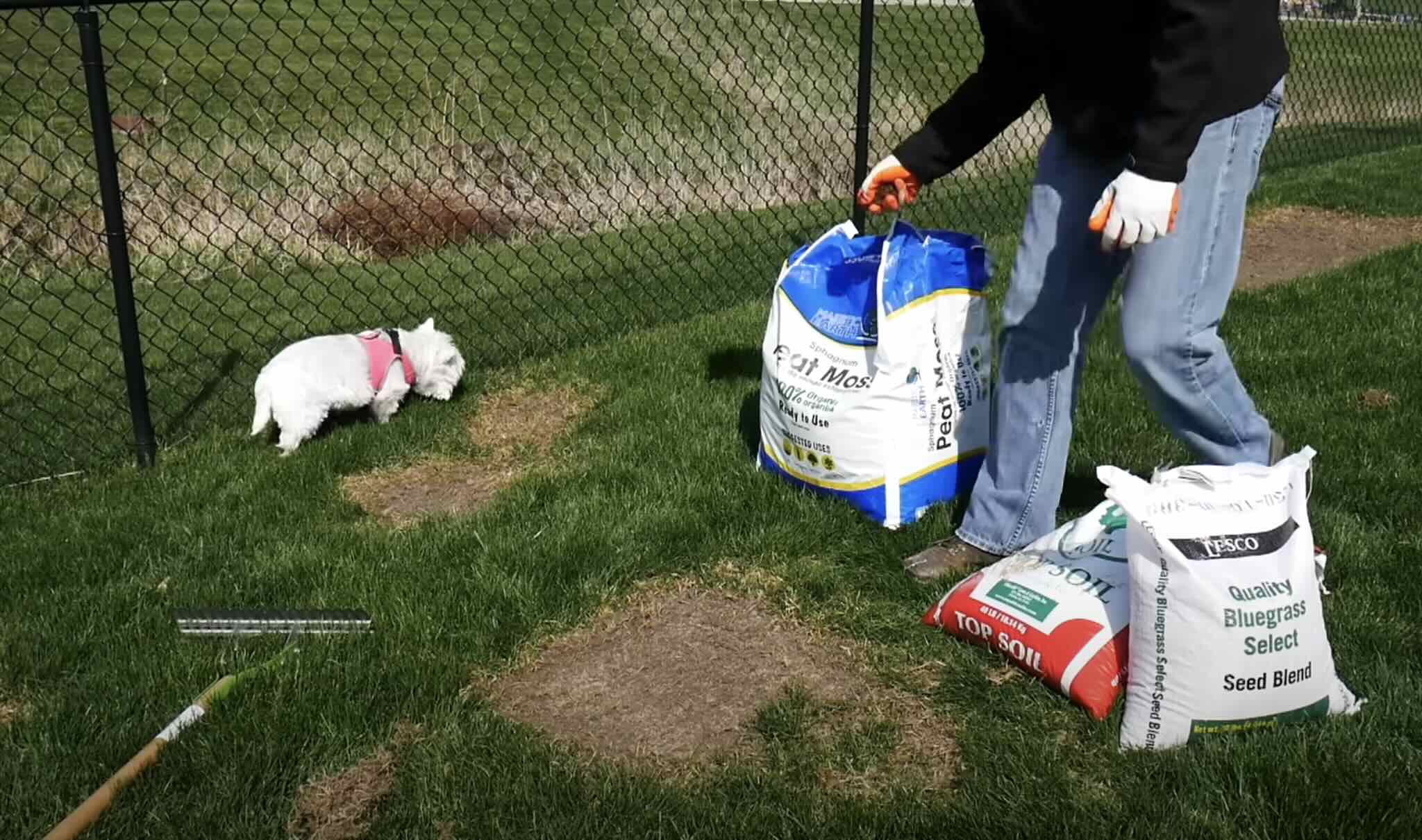
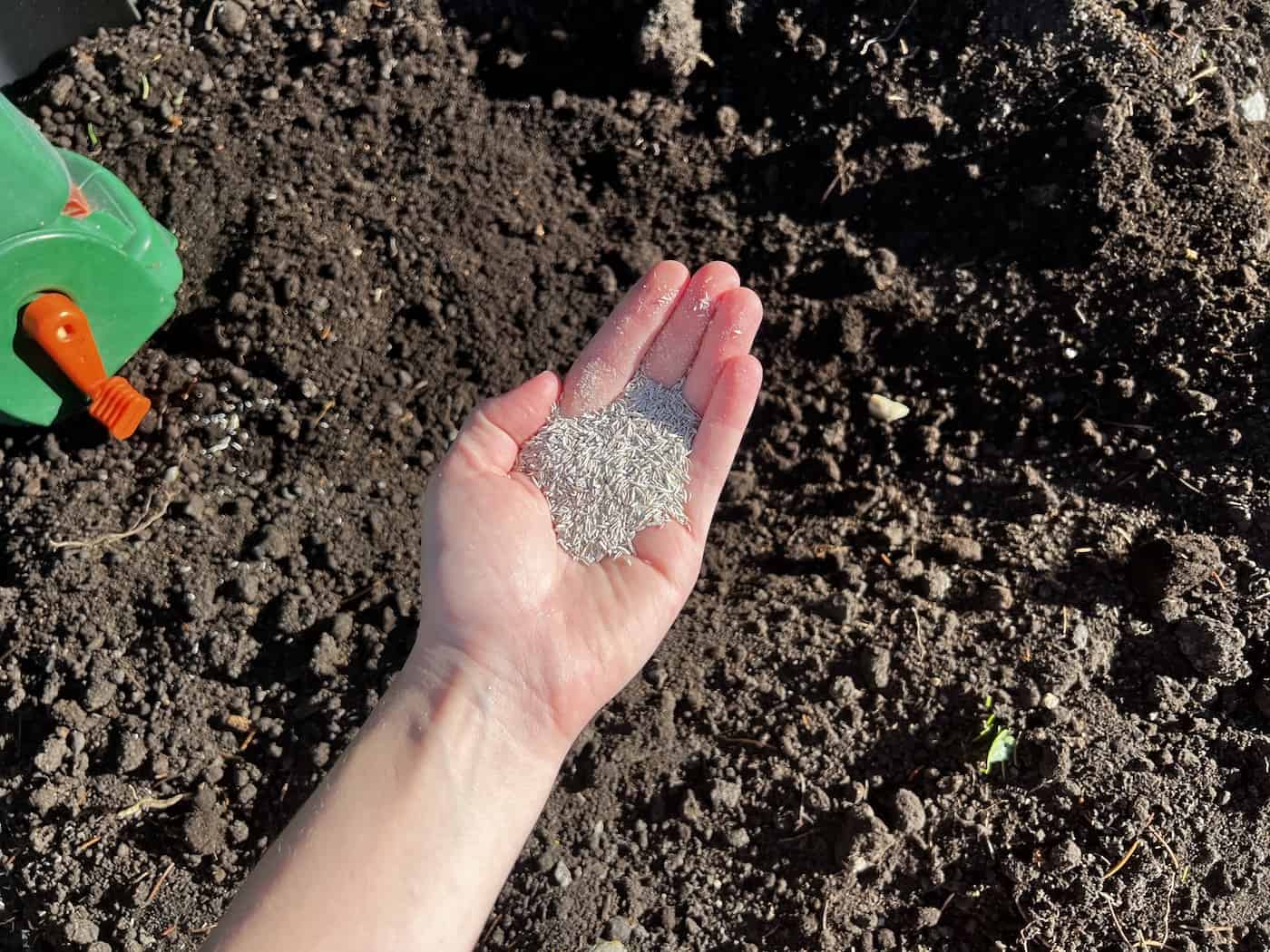


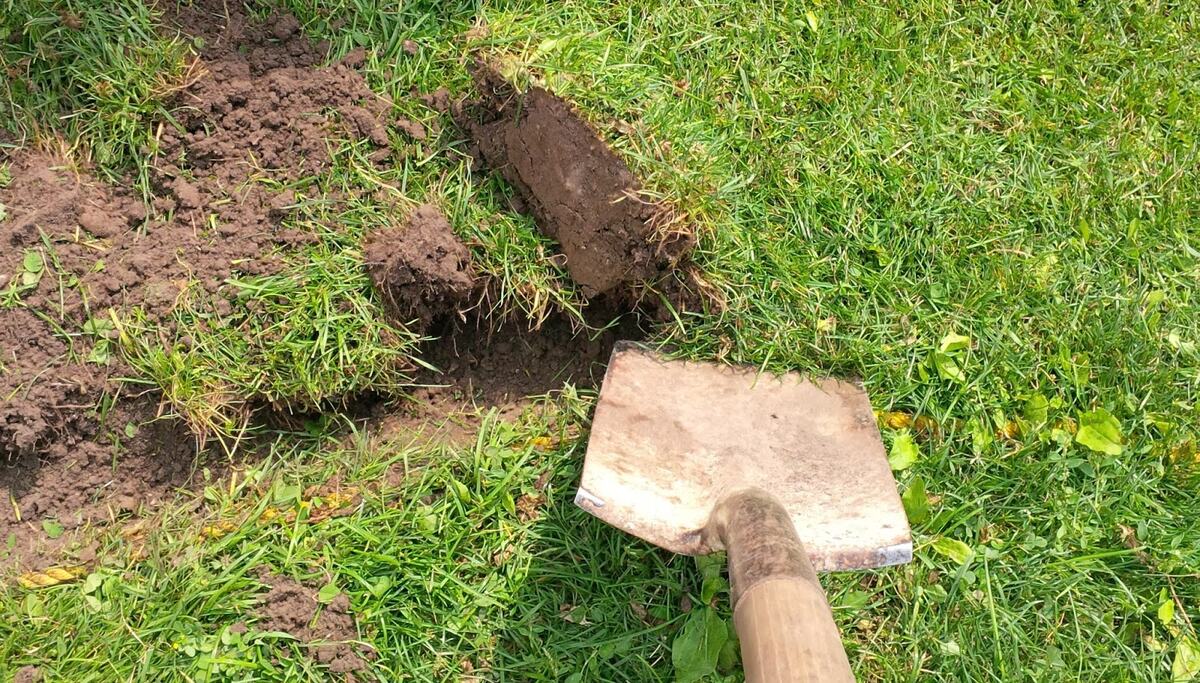

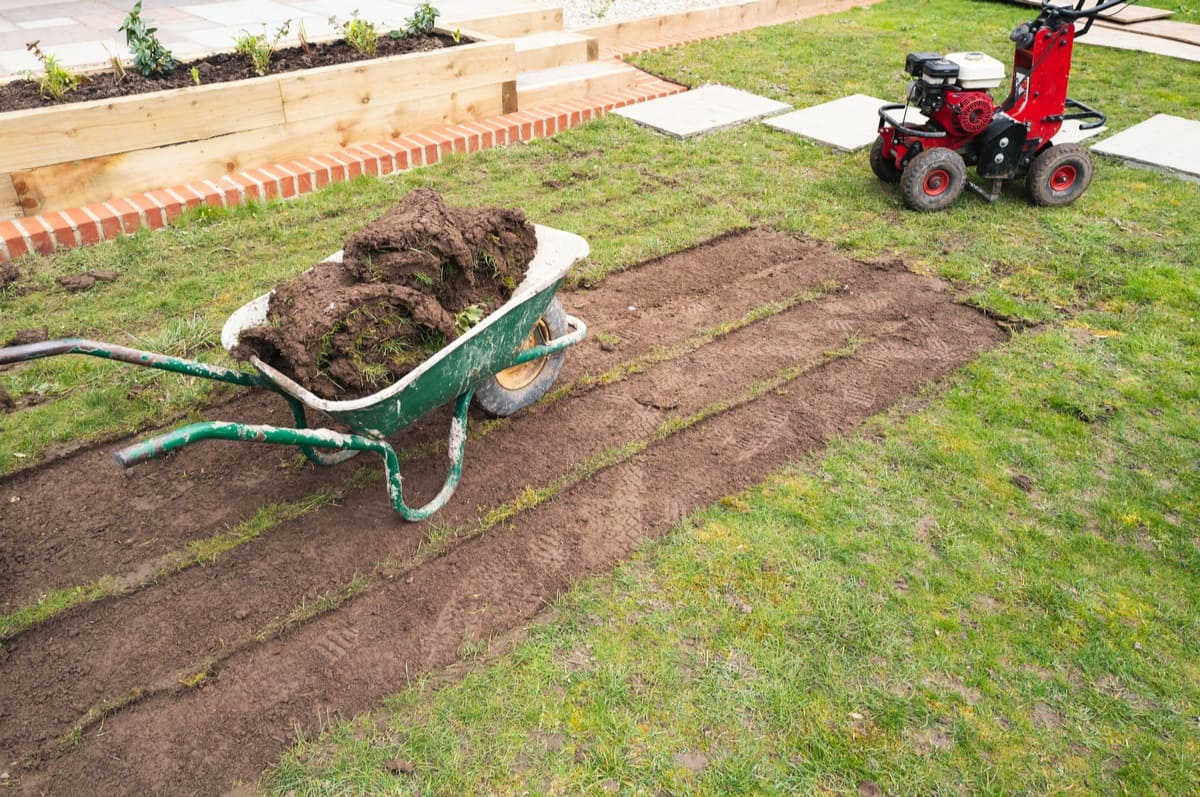
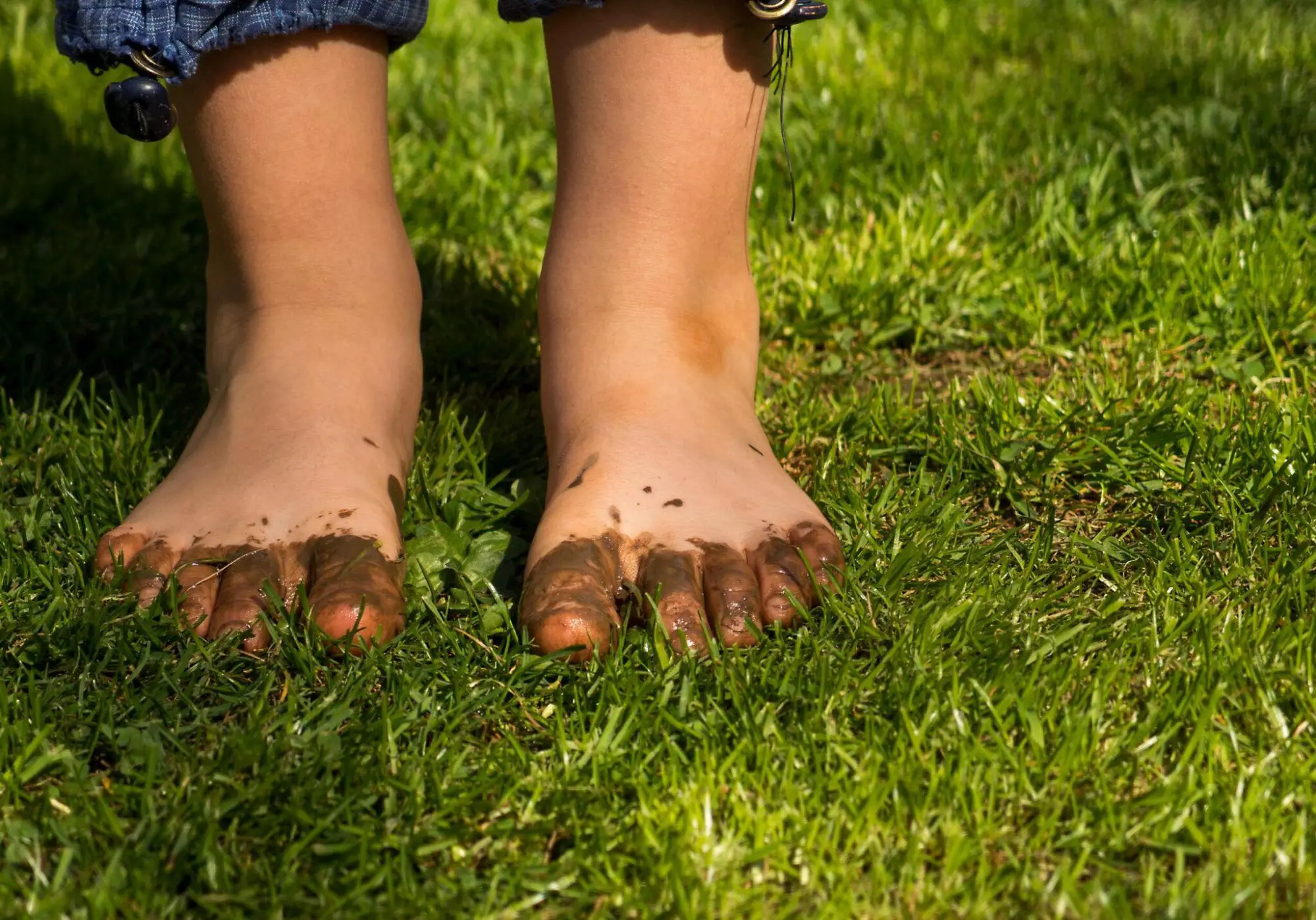
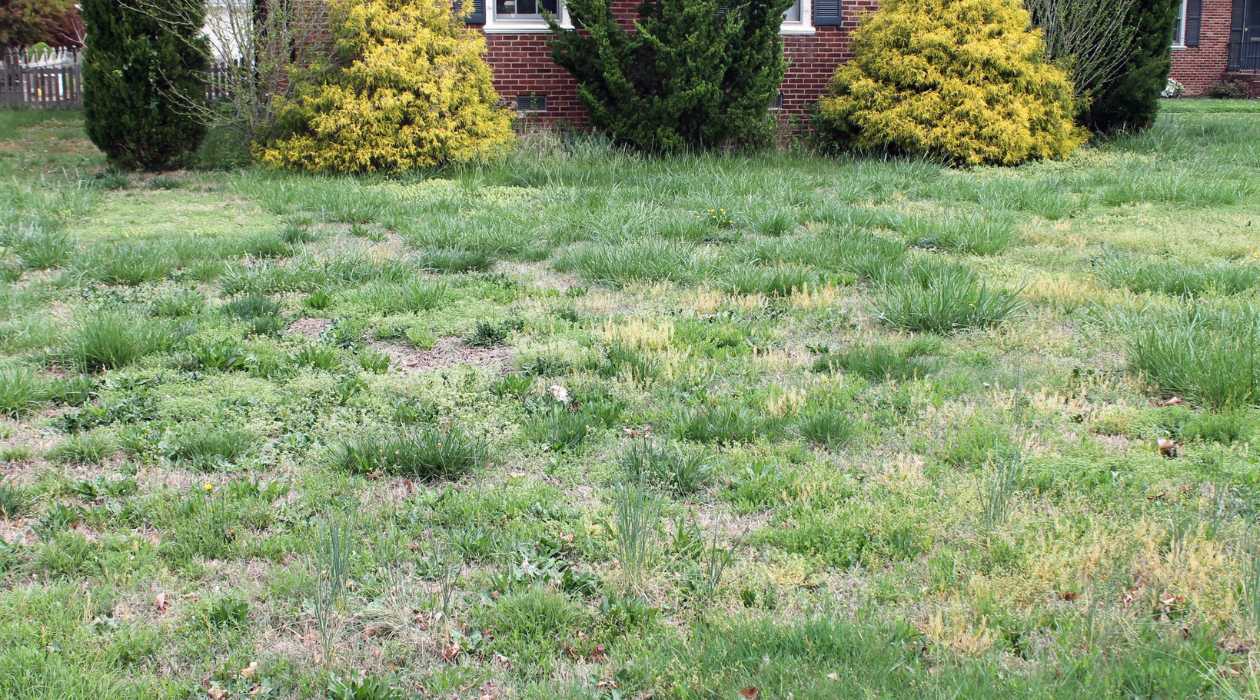

0 thoughts on “How To Prepare Yard For Grass Seed”